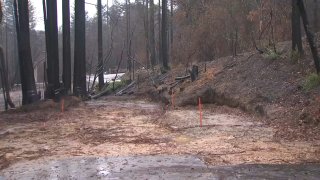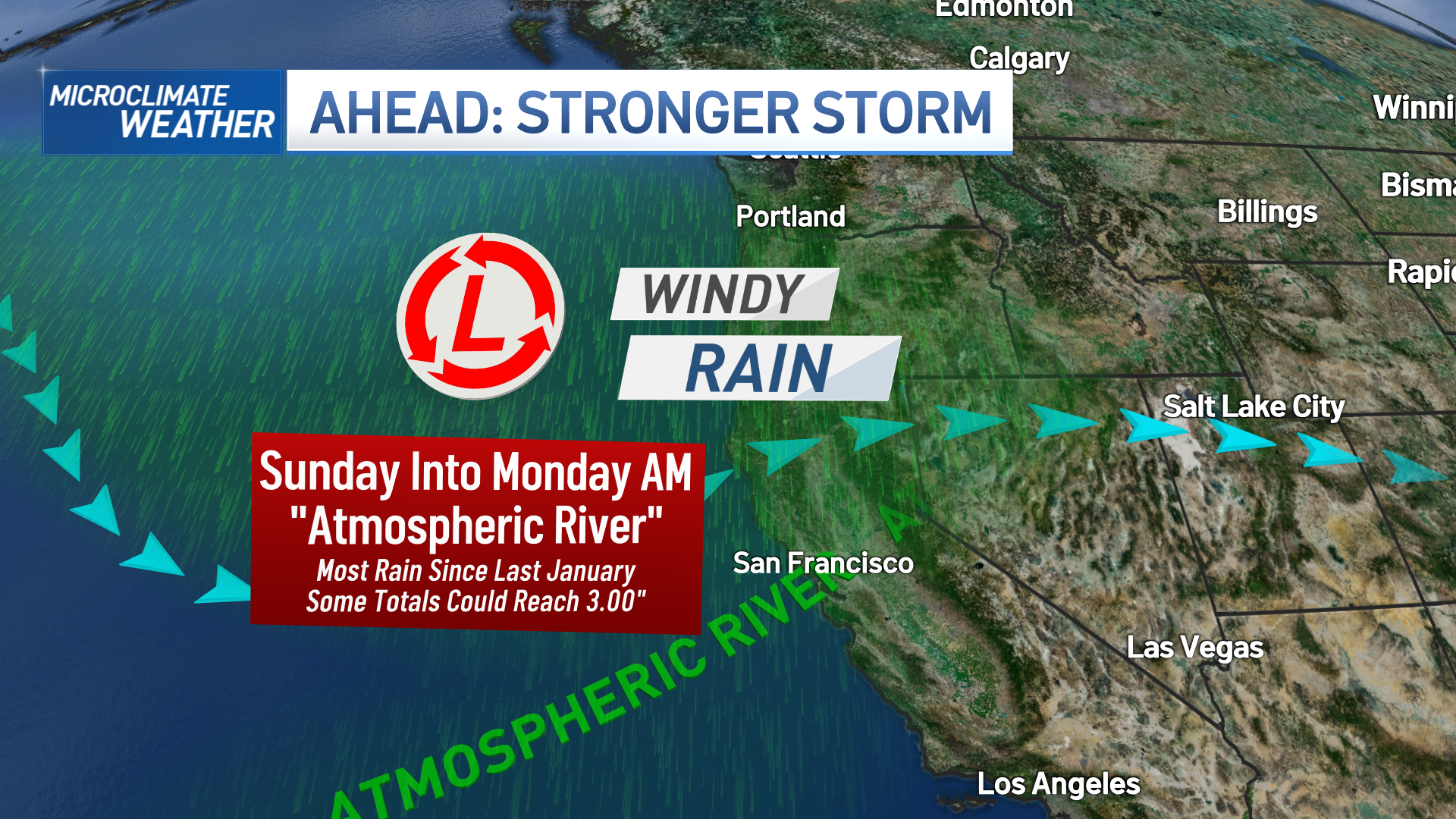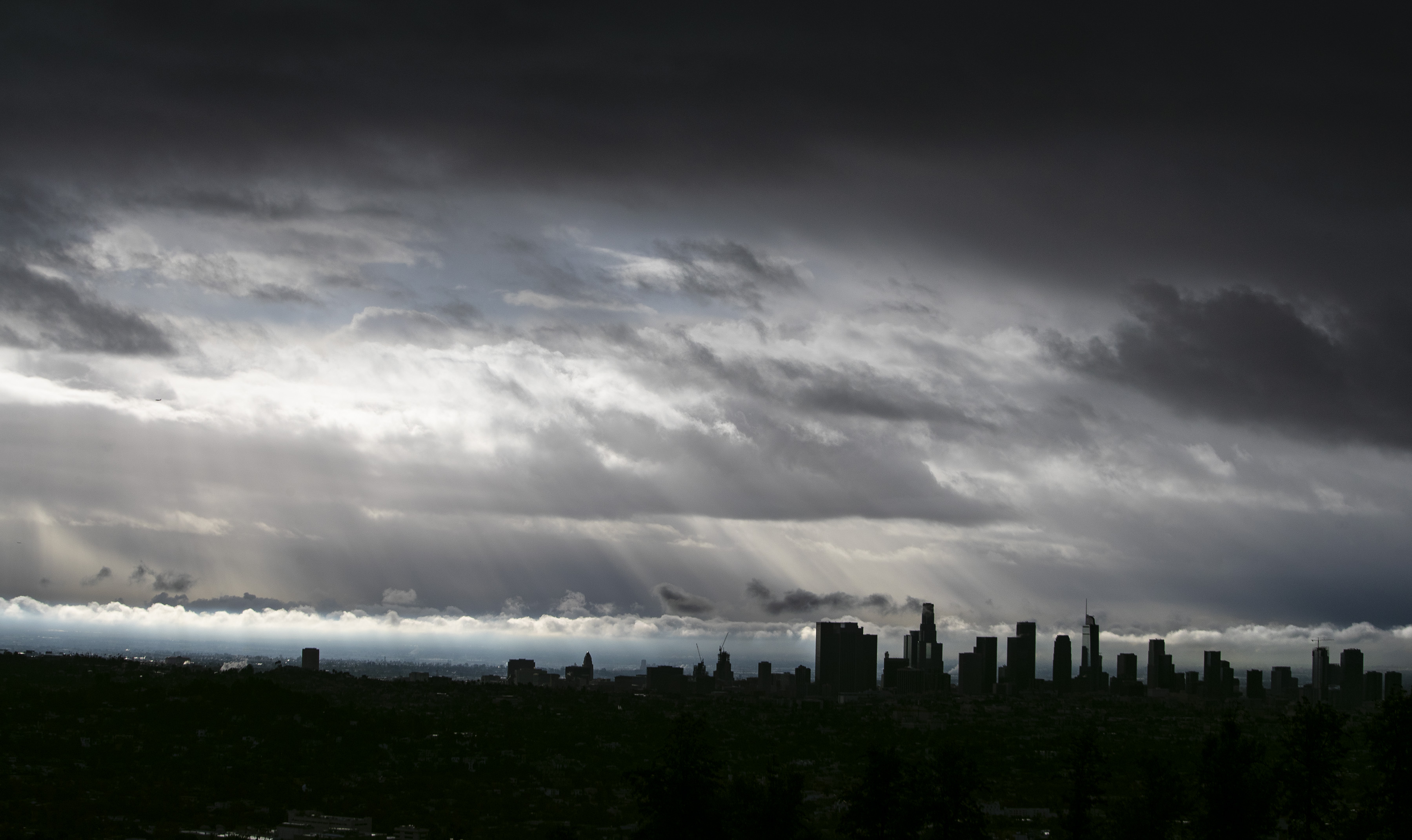
With a major storm predicted to wallop the Bay Area Sunday, authorities have warned that heavy rainfall could lead to flash floods and what is described as "debris flows." But what is a debris flow, and why is it so worrisome?
The question is particularly relevant for Bay Area residents who live on or below hillsides, especially those impacted by recent wildfires, according to the California Department of Conservation.
Colloquially, a debris flow is often identified as a mudslide. To be more exact, it is a fast-moving mass of material -- a slurry of water, rock, soil, vegetation, and even boulders and trees - that moves downhill by sliding, flowing and falling.
Get a weekly recap of the latest San Francisco Bay Area housing news. Sign up for NBC Bay Area’s Housing Deconstructed newsletter.
Debris flows develop during intense rainfall, changing the earth into a flowing river of mud. They can flow rapidly, striking with little or no warning at avalanche speeds - faster than a person can run, according to Ready.gov, a website created by the U.S. government to help citizens cope with emergencies.
Debris flows range from a few square yards to hundreds of acres in area, and from a few inches to 50 feet deep.
"Even smaller ones can be locally dangerous: Imagine trying to walk through a 3-inch deep mass of wet concrete moving at 30 mph," according to the California Department of Conservation website, https://www.conservation.ca.gov/.
The speed of debris flows is what distinguishes them from large, slow-moving landslides. It can take weeks or months for detectible movement to start as a landslide. Debris flows are more dangerous because they are fast-moving - triggered by short, intense periods of rainfall, like the period the Bay Area is currently experiencing.
Debris flows can cause both property damage and loss of life, and residents should take precautions to prepare for and survive them.
Residents should pay close attention to official forecasts, the conservation department said. Debris flows can spring up anywhere, according to the department.
Many Bay Area residents, especially those in the North Bay, already have "go bags," also described as emergency kits, as well as family communications plans. Both are recommended by Ready.gov, as well as making a plan for the household and the pets.
"Get out before the storm arrives," the conservation department advises, adding that "if you wait to see if a debris flow is coming your way, it will be too late to leave safely."
Aside from debris flows, storms that cause them can also cause more common flooding dangers, and residents should be on the lookout for these as well, according to the department.
"Never drive, walk, or bicycle through a flooded road or path. Even a few inches of water can hide currents that can sweep you away. Also, the water level can rise before you finish crossing," according to the conservation department.
The National Weather Service on Friday issued a Flash Flood Watch for parts of the region, particularly areas that burned in wildfires last year.
The flood watch will be in effect from 5 a.m. to 11 p.m. Sunday in the North Bay, 1 p.m. to 11 p.m. in the Santa Cruz Mountains, and 5 p.m. Sunday to 4 a.m. Monday in Monterey County, according to the weather service.



